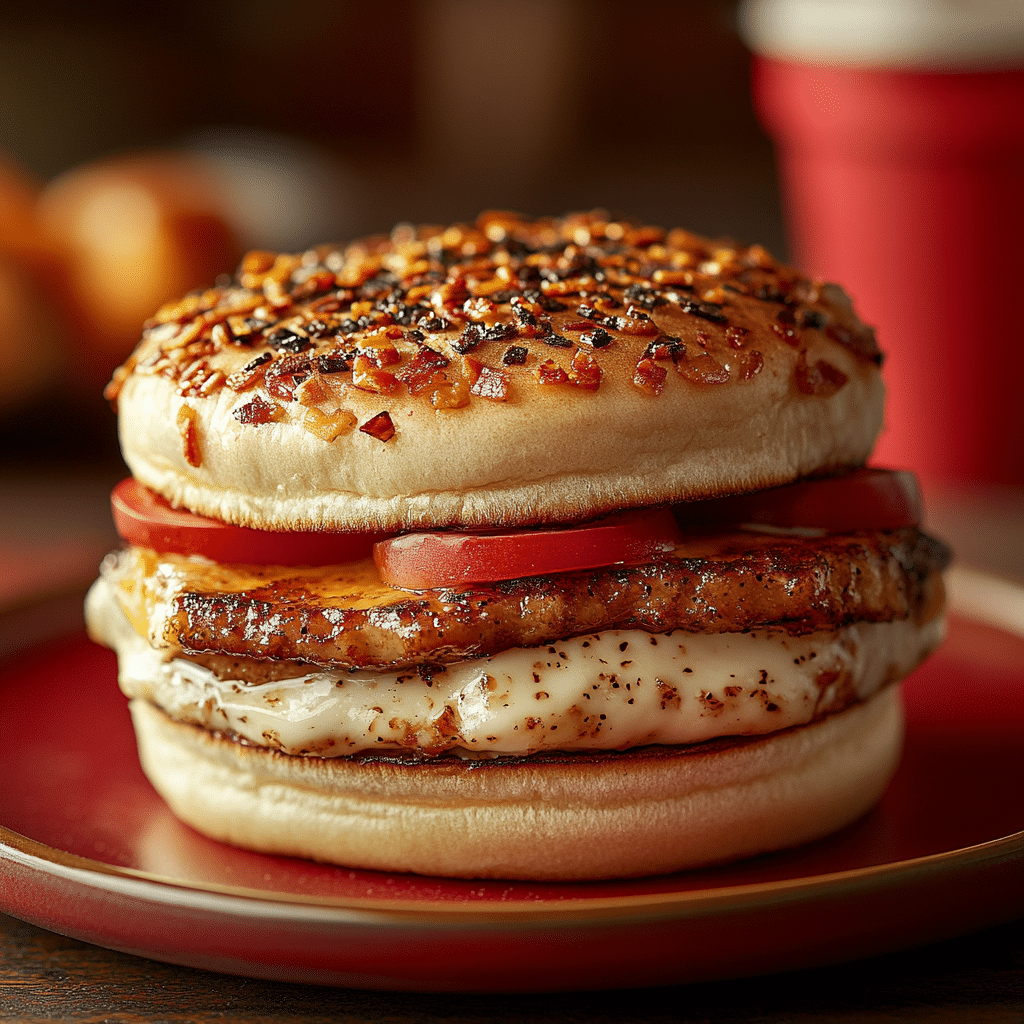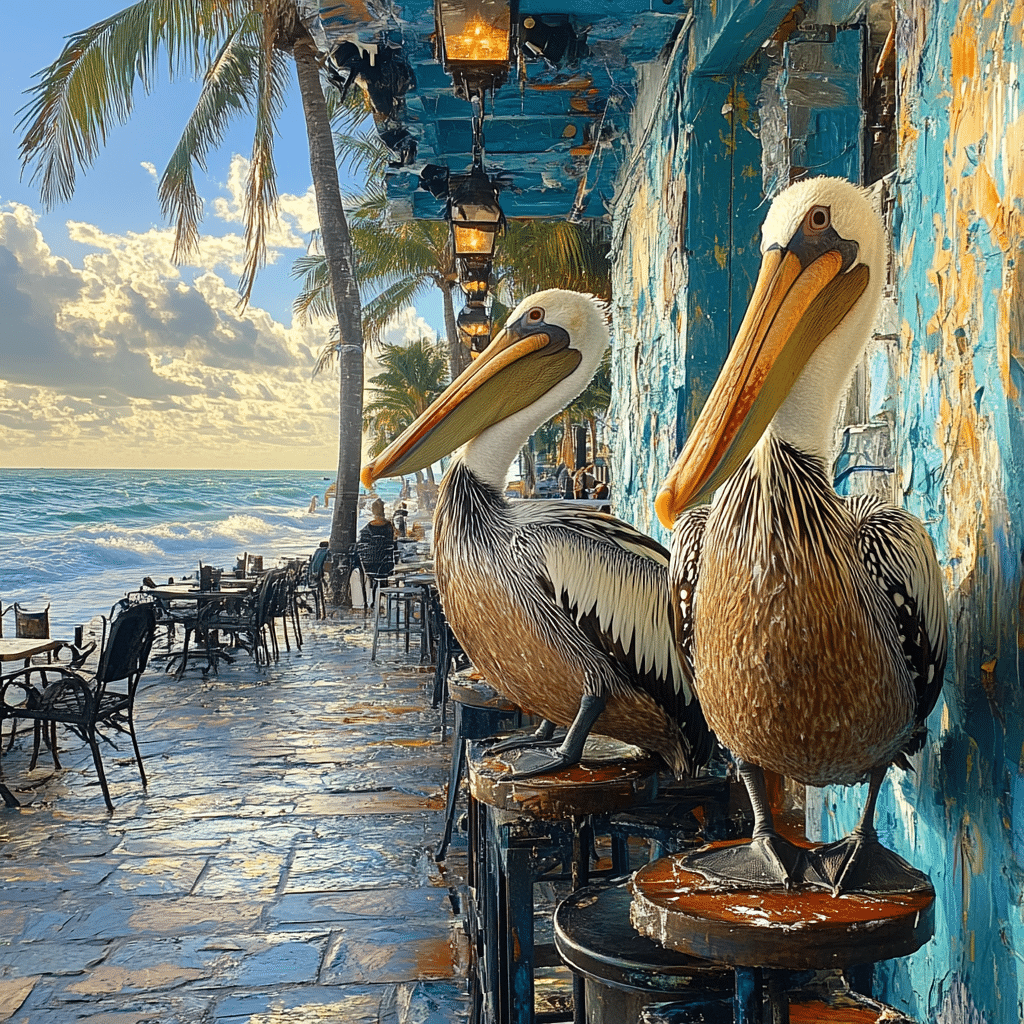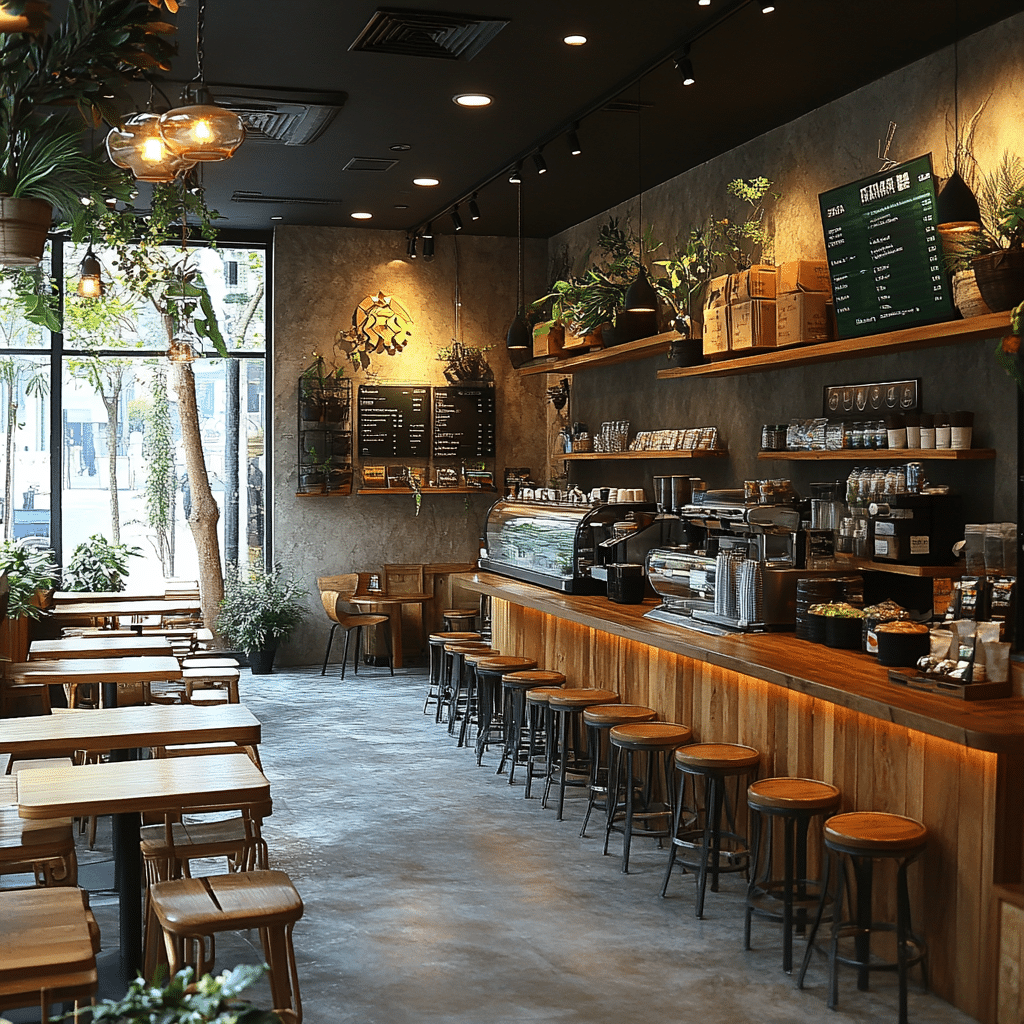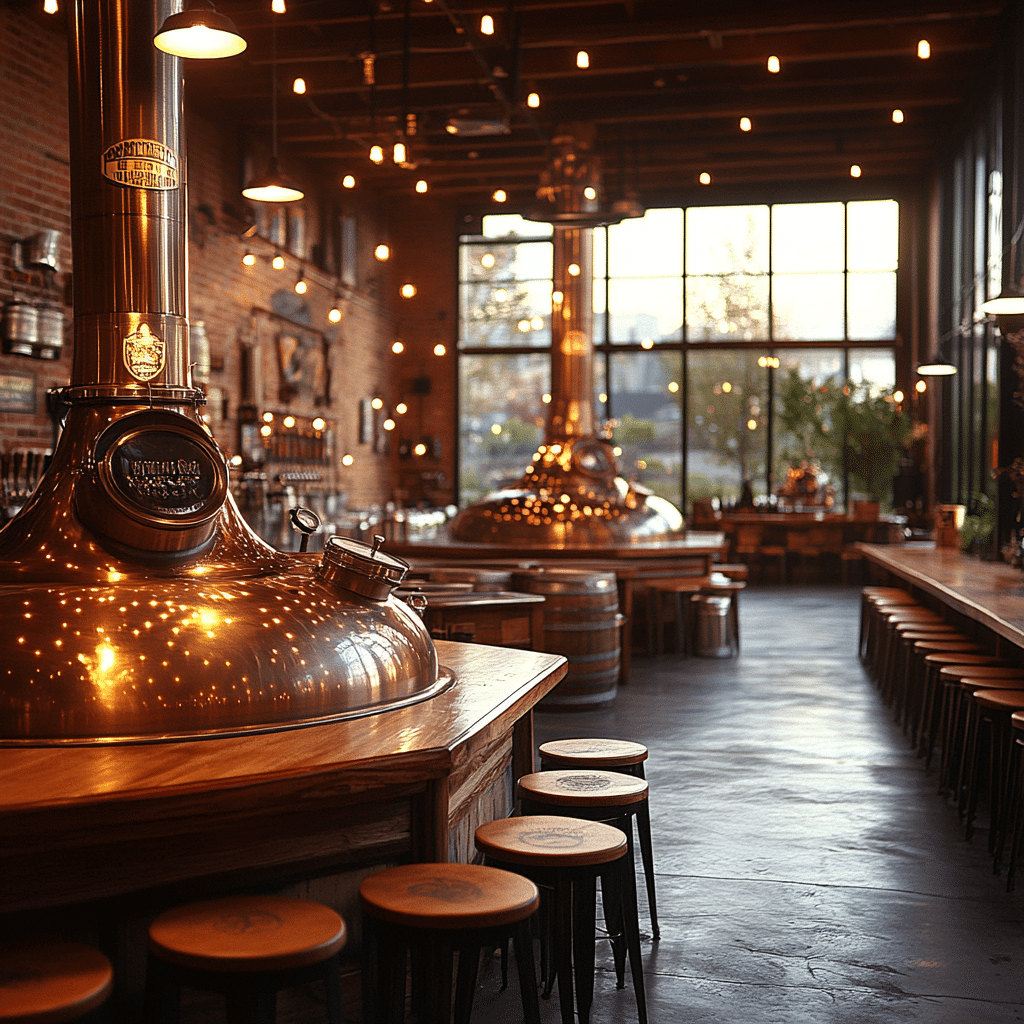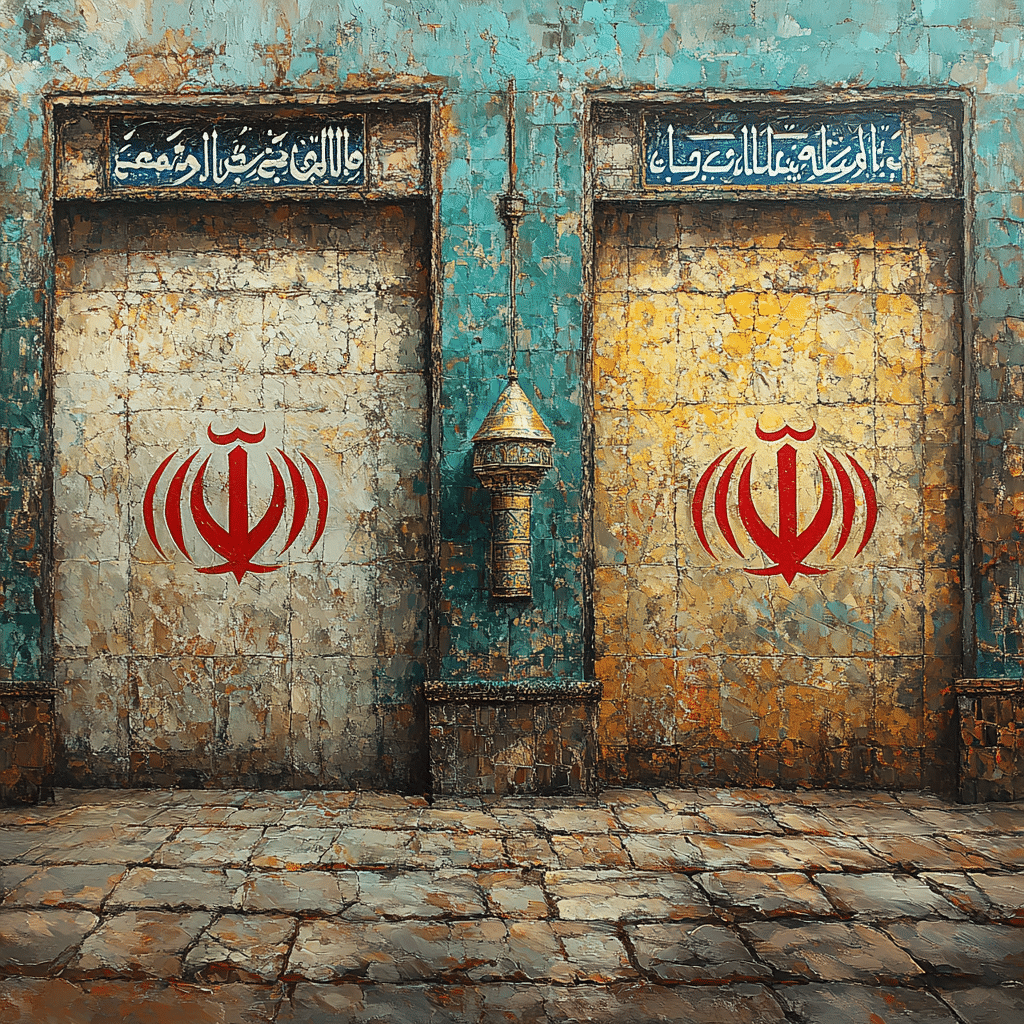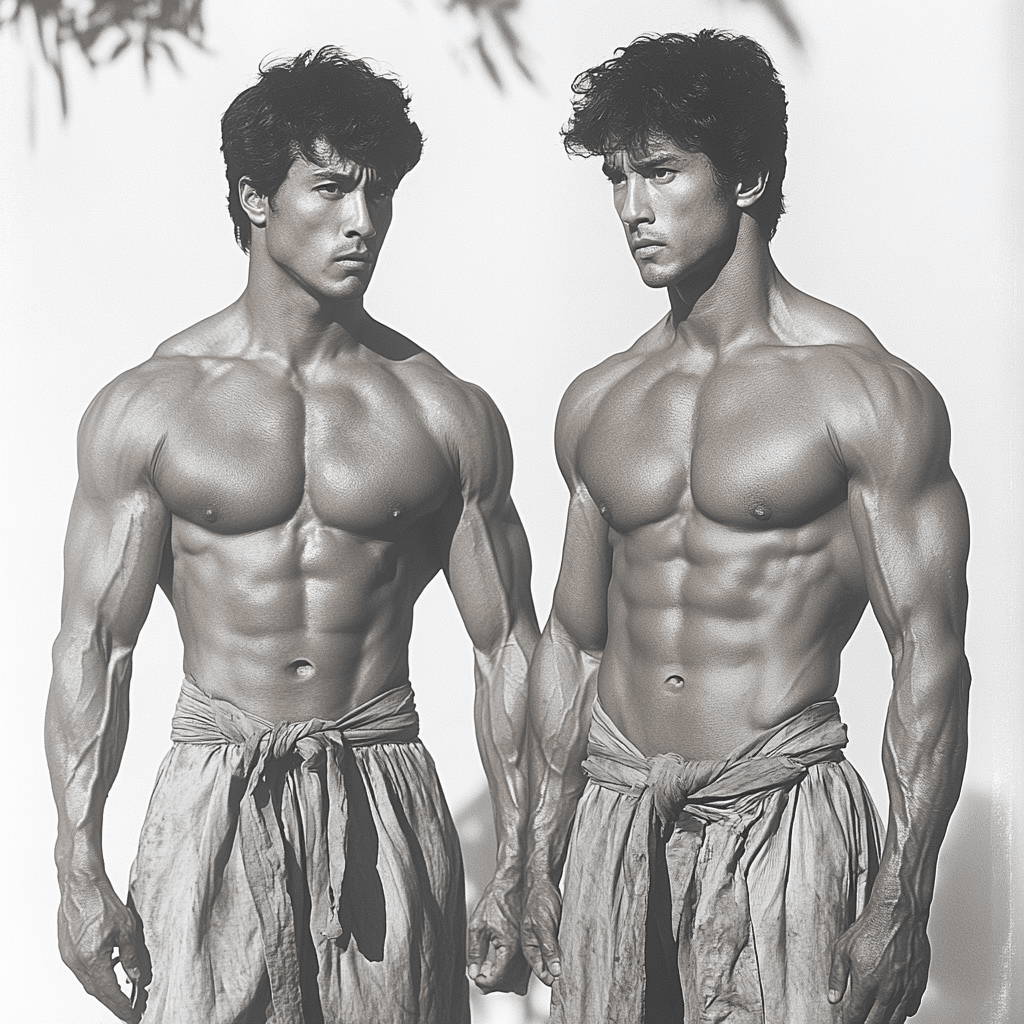Brooklyn Fare, the pinnacle of fine dining in New York City, has been both celebrated and scrutinized. Established by chef César Ramirez, it wowed diners with innovative dishes and an immersive tasting experience that quickly earned the restaurant three Michelin stars. However, what began as a culinary dream soon transitioned into a narrative filled with discontent and disagreements, particularly following a class-action lawsuit in 2014 over Chef Ramirez’s alleged anti-Asian statements. Fast forward to July 2023, and the restaurant found itself embroiled in legal disputes between Chef Ramirez and co-owner Moneer Issa, leading to its unexpected closure.
The combination of Michelin acclaim and recent controversies paints a complex picture and raises several questions. What can aspiring restaurateurs learn from Brooklyn Fare’s trajectory? Can a Michelin star shield a restaurant from controversies? Let’s take a deep dive into Brooklyn Fare’s unique culinary story and the lessons that can be derived from its journey through glory and turbulence.
The Allure of Brooklyn Fare: A Michelin-Starred Experience
Brooklyn Fare has long stood as a culinary gem, renowned for its avant-garde approach to dining. At the helm, Chef César Ramirez created meticulously curated multi-course tasting menus that utilized seasonal ingredients. Each bite not only showcased artistic presentation but also reflected a philosophy where dining transcended mere nutrition, morphing into an engaging narrative. Diners crowded into its intimate setting, driven by word-of-mouth and lofty Michelin accolades, signaling Brooklyn Fare’s arrival as a necessity in any gastronomic tour of New York.
What makes Brooklyn Fare truly captivating? It’s not merely the ingredients but the sourcing philosophy behind them. Chef Ramirez emphasizes local and sustainable procurement, breathing life into dishes while supporting nearby farmers. It’s a philosophy that resonates with today’s eco-minded diners and sets the stage for dishes brimming with freshness.
Then there’s the unforgettable Chef’s Counter Experience. Taking center stage in an open-kitchen design, this arrangement gives patrons a front-row seat to culinary innovation. With the chef’s expertise on display, diners are privy to the cooking process, allowing them to engage and connect with the food in an intimate manner. The cozy yet sophisticated ambiance complements this, as minimalistic decor highlights the artistry of the plates served.
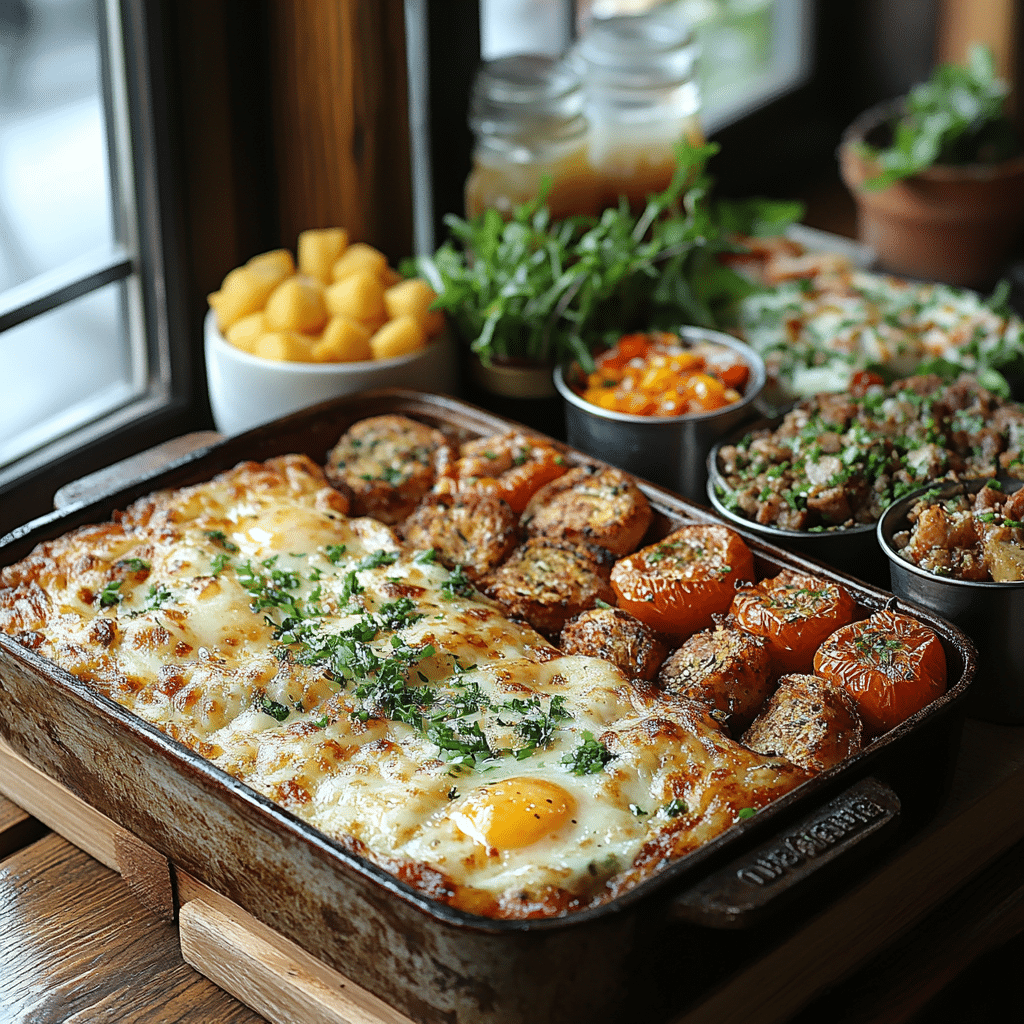
Top 5 Highlights of Brooklyn Fare’s Culinary Experience that Captivated Diners
Every tasting menu at Brooklyn Fare is an eloquent story crafted from flavors. For instance, the lobster with curry and banana purée turned heads as it playfully combined unexpected elements, offering diners a dish that challenged their culinary concepts.
Ramirez’s insistence on using locally sourced ingredients not only showcases the best of seasonal produce but also strengthens the community bond. Each dish’s freshness prompts diners to appreciate food in a new light.
The opportunity to sit at the Chef’s Counter takes dining up a notch. Chef Ramirez welcomes guests into his culinary world, sharing insights about techniques and ingredients with every dish.
The understated elegance of Brooklyn Fare creates an intimate yet sophisticated environment. With minimal decor and an open kitchen, the focus is always on the remarkable food that unfolds before you.
Securing three Michelin stars cemented Brooklyn Fare’s status among elite dining destinations. Yet, these accolades come with heightened expectations, pressure mounting for the restaurant to maintain its esteemed reputation.
The Shift: Discontent Among Diners and Critics
Despite an impressive star-studded reputation, Brooklyn Fare began to encounter increasing backlash. The first major concern? Price Point Controversies. As the cost of tasting menus climbed to $345, many patrons began feeling that the experience no longer matched what they were paying. Value perception shifted, and this sparked discussions among loyal customers.
Alongside these pricing disputes, Service Issues became more prominent. Patrons reported experiences involving inattentiveness or even perceived rudeness, clashing with the restaurant’s luxury image. With high expectations, diners expressed dissatisfaction in online reviews, witnessing sharp critiques become commonplace.
The rising demand for Operational Transparency shed further light on Brooklyn Fare’s shortcomings. With patrons being more socially conscious these days, questions regarding employee treatment surfaced. Allegations about long working hours and inadequate compensation left many unsettled, tainting the hallowed image of this beloved establishment.
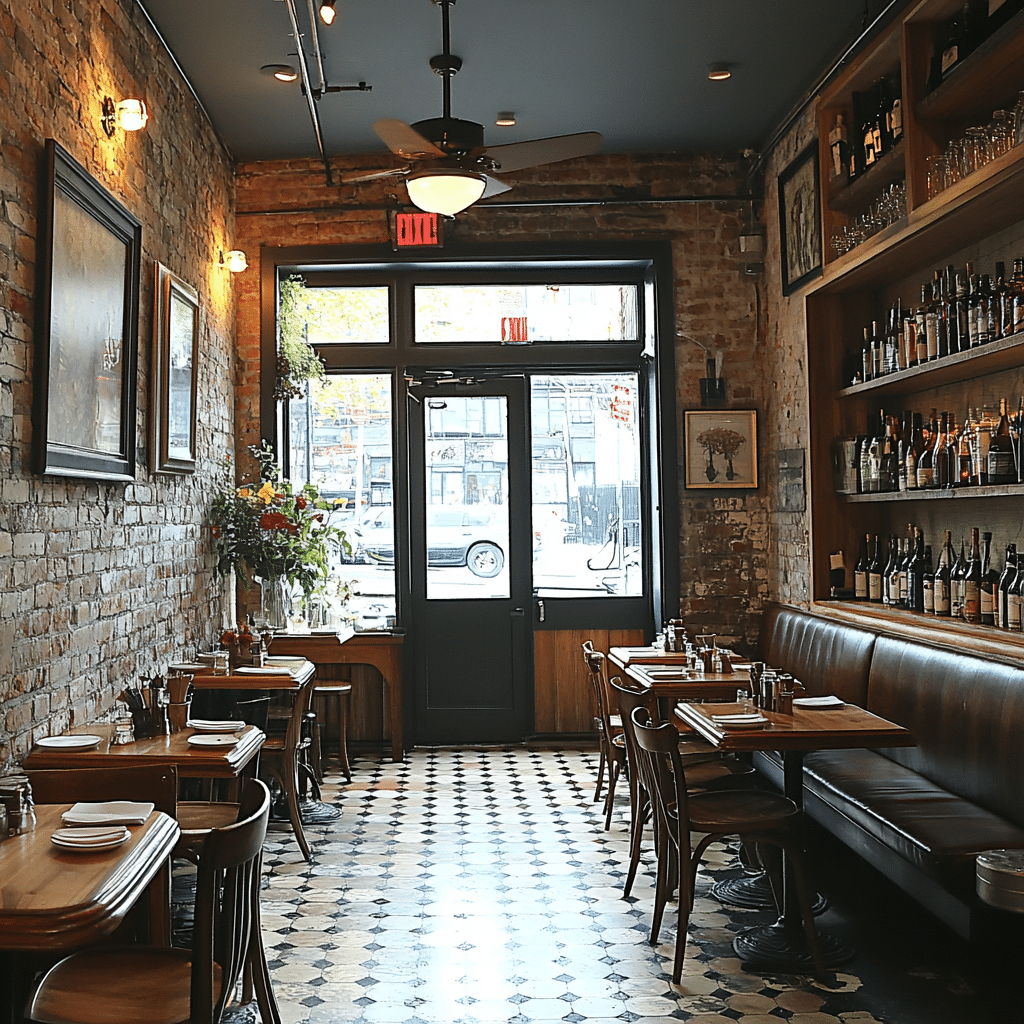
Comparing Brooklyn Fare with Wynn Restaurants: Lessons from Controversy
When comparing Brooklyn Fare’s hurdles with the experiences at Wynn restaurants, valuable lessons become evident. Wynn has maintained a reputation for consistent service Standards. Diners flock to places like SW Steakhouse, knowing the service will be at par with the culinary experience, thanks to rigorous staff training.
Secondly, Wynn employs a Price Fortitude Strategy that aligns product pricing with customer expectations. By understanding their market and adjusting accordingly, they nurture long-lasting customer relationships and create a sustainable dining model that keeps luxury within reach.
Lastly, Community Involvement is a major differentiator. Unlike Brooklyn Fare, Wynn properties engage actively with community initiatives. This involvement fosters goodwill and cultivates a positive public perception. As Brooklyn Fare reevaluates its positioning, it might consider integrating similar community outreach programs.
The Future of Brooklyn Fare: Reevaluating Its Culinary Identity
As Brooklyn Fare emerges from the turbulent waters of controversy, there’s potential for profound change. The kitchen holds the power to innovate and rehabilitate by balancing Menu Innovation and Tradition. Honoring classic dishes while integrating new concepts could reignite interest without losing loyal diners.
Additionally, enhancing Customer Engagement through feedback mechanisms can create a dialogue with patrons. Implementing surveys post-dining could encourage customers to share their experiences while providing management with actionable insights.
Lastly, establishing Community Outreach Programs focused on employee welfare could rebuild moral integrity and public image. Aligning these efforts with contemporary dining ethics may help Brooklyn Fare reconnect with its audience.
Reshaping the Narrative: Moving Forward with Intention
Brooklyn Fare’s evolution from Michelin-starred icon to a topic of controversy highlights the challenges high-profile restaurants often face. To navigate this intricate landscape, embracing consumer dialogue, prioritizing ethical practices, and enhancing service quality will be essential. By taking strategic steps to tackle criticism while reaffirming a commitment to culinary excellence, Brooklyn Fare can reclaim its former glory and redefine what it means to be a hot spot in today’s dining scene.
Ultimately, as Brooklyn Fare contemplates its next steps, it finds itself at a critical juncture. The restaurant’s rich legacy deserves to be cherished and redefined in ways that resonate with new generations. If Brooklyn Fare channels its culinary ingenuity and technical prowess, the restaurant stands a chance to emerge from controversy not just intact but stronger than ever, ensuring that its story continues to captivate diners for years to come.
Brooklyn Fare: Journey of Culinary Evolution
The Rise and Fall of a Culinary Gem
Brooklyn Fare was once the toast of the town, flaunting its Michelin star like a badge of honor. Its multi-course tasting menu dazzled food lovers, making it a must-visit destination for anyone serious about dining. However, not everything that sparkles is gold. The restaurant’s transition from a culinary icon to controversy can be likened to a rollercoaster ride that catches you off-guard. Just like the quirks of a puffy jacket, which keeps you warm while looking stylish, the charm of Brooklyn Fare began to wane as unforeseen events unfolded.
One of the most intriguing tidbits about Brooklyn Fare is that it was the only grocery store in the U.S. to earn a Michelin star, reflecting a blend of convenience and luxury. This unique positioning created quite a buzz, much like the hype surrounding the latest GMC Acadia 2025, which has everybody talking about its sharp design and new features. Still, the gourmet grocery trend didn’t hold up forever, making it an engaging case study for those fascinated with culinary adaptations.
The Ingredients of Controversy
As the dust settled from its rapid rise and subsequent disputes, the public began to scrutinize the restaurant’s practices. Brooklyn Fare faced backlash over its high prices and the exclusivity of its dining experience. This particular environment can remind us of Olympia Shields, a term related to protecting one’s interests—much the same way consumers advocate for fair pricing in restaurants. Brooklyn Fare’s pricing led many to wonder if eating there was worth the splurge or if folks would rather spend their cash elsewhere, much like how people are reassessing their choices when it comes to lifestyle changes, similar to those seen with Christina Aguilera’s weight loss transformation.
Another fascinating element of Brooklyn Fare’s story is how it navigated the pandemic. The restaurant had to shift gears and adapt to a new culinary landscape. Just as Julia Campbell worked to revive her career in the wake of changing trends, Brooklyn Fare found itself revamping its offerings. This flexing of creative muscle shows how resilience isn’t just for Hollywood stars; it’s for anyone in the food industry who wants to survive these ups and downs.
Trivia for the Culinary Curious
And here’s a little fun fact: Brooklyn Fare has a hidden gem—its pastry chef is renowned for crafting desserts that rival world-class chocolate shops. Who knew that a stop at a grocery-style restaurant could yield such delightful surprises? Just like exploring Stoney Clover Lane, which inspires creativity with its colorful designs, Brooklyn Fare’s artistry in desserts enhances the overall dining quest.
As consumers keep an eye on these evolving stories, it’s fascinating to see how tightly woven the fabric of the culinary scene is with larger societal trends. Exploring Brooklyn Fare’s journey through its highs and lows underscores the point that the dining experience is always more than just food—it’s a complex interplay of flavor, culture, and personal connection that continues to inspire people across all walks of life.
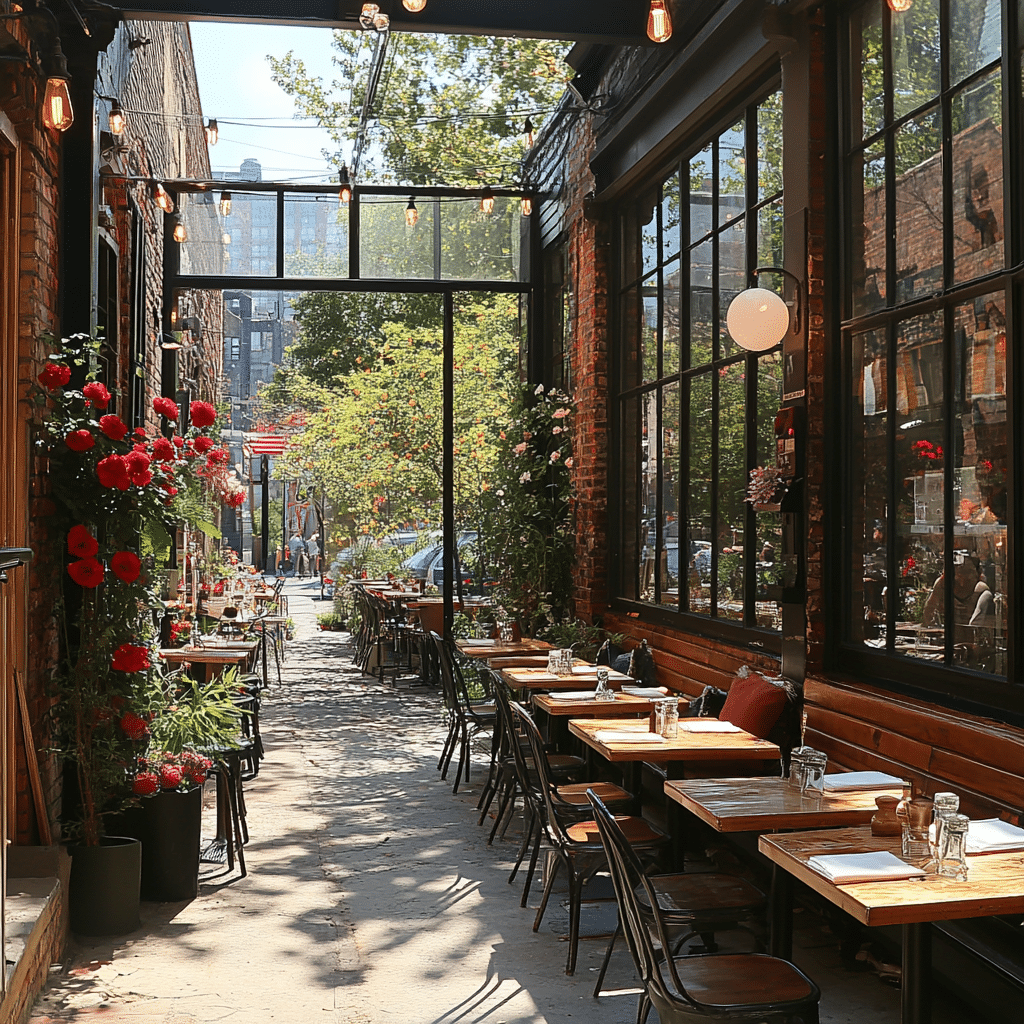
What happened to Brooklyn Fare?
Brooklyn Fare closed starting July 2023 due to a legal dispute between Chef Ramirez and owner Moneer Issa, and the restaurant faced a class-action lawsuit back in 2014 concerning Chef Ramirez’s alleged anti-Asian comments.
Is Brooklyn fare expensive?
Dining at Brooklyn Fare isn’t cheap, as the tasting menu price is $345 USD, with tax added on top, and service and wine costs aren’t included.
How many Michelin stars does Brooklyn Fare have?
Brooklyn Fare holds three Michelin stars, a recognition it has proudly maintained since opening in 2009.
Who is the owner of Brooklyn Fare?
Moe Issa is the owner of Brooklyn Fare, and he has a deep connection to Brooklyn, which inspired him to create this dining destination.
Who lost Michelin stars in 2024?
In 2024, restaurants like Chef’s Table at Brooklyn Fare lost their Michelin stars, marking a significant change in the fine dining landscape.
Where is the new Brooklyn Fare location?
The new Brooklyn Fare location is still in Brooklyn, maintaining a presence in the heart of the community while continuing its culinary pursuits.
What is the dress code for the chef’s table at Brooklyn Fare?
The dress code for Chef’s Table at Brooklyn Fare is upscale casual, meaning you’ll want to look sharp, but you don’t need to go full-on formal.
Who is the new chef at Brooklyn fare?
The new chef at Brooklyn Fare is Chef Ramirez, who continues to lead the kitchen amidst the restaurant’s recent challenges.
Is it cheaper to live in Brooklyn or Manhattan?
Living in Brooklyn is generally cheaper than Manhattan, although that can vary depending on specific neighborhoods and amenities available.
What is the most expensive Michelin star restaurant in New York?
The most expensive Michelin star restaurant in New York is currently Eleven Madison Park, known for its high-end dining experience and luxurious offerings.
How long is dinner at Chef’s Table Brooklyn fare?
Dinner at Chef’s Table at Brooklyn Fare typically lasts around three hours, allowing diners to fully enjoy the tasting menu experience.
How many 3 star Michelin restaurants are in NYC?
New York City boasts a total of seven three-star Michelin restaurants, showcasing the city’s vibrant culinary scene.
Who owns Sundays in Brooklyn?
Sundays in Brooklyn is owned by the same team behind the restaurant, including chefs and partners who share a passion for quality food and community.
What is the meaning of chef’s table?
The term “chef’s table” refers to a dining experience that’s often more personal and involves a unique menu, allowing guests to interact directly with the chef.
Who is the owner of Brooklyn Chop House?
The owner of Brooklyn Chop House is Robert Si/Xin Chen, who combines elements from both Chinese and American cuisine in this popular dining spot.
Is Brooklyn rent expensive?
Rent in Brooklyn can definitely be pricey, especially in gentrified areas, but it often still tends to be lower overall compared to Manhattan’s rentals.
How much is the Brooklyn Express bus fare?
For the Brooklyn Express bus, the fare is typically around $3.50, making it a convenient option for getting around the city.
How long is dinner at Chef’s Table Brooklyn fare?
Dinner at Chef’s Table at Brooklyn Fare usually takes about three hours, giving guests luxury time to savor each dish.
Is Brooklyn an expensive area?
Brooklyn is generally considered an expensive area, especially in popular neighborhoods, though it may still offer more budget-friendly options than Manhattan.
What happened to Brooklyn Roasting Company?
The Brooklyn Roasting Company is still operational, focusing on sustainable and high-quality coffee to serve its dedicated clientele.
What happened to Brooklyn Machine Works?
Brooklyn Machine Works, a bike company, shut down a few years back, reflecting the challenges faced by some local manufacturers.
Who is the new chef at Brooklyn Fare?
Chef Ramirez is once again the leading chef at Brooklyn Fare, steering the culinary vision after the recent turmoil.
What happened to Rosa in Brooklyn?
Rosa, a beloved eatery in Brooklyn, temporarily closed due to various struggles but has plans to reopen in the future, keeping the community’s hopes alive.

